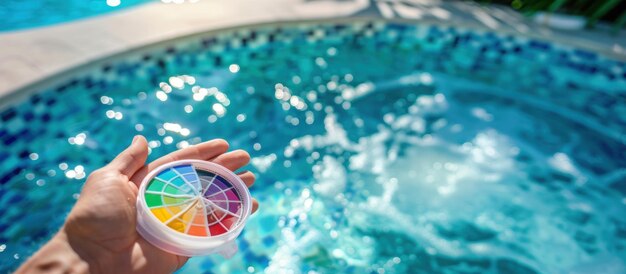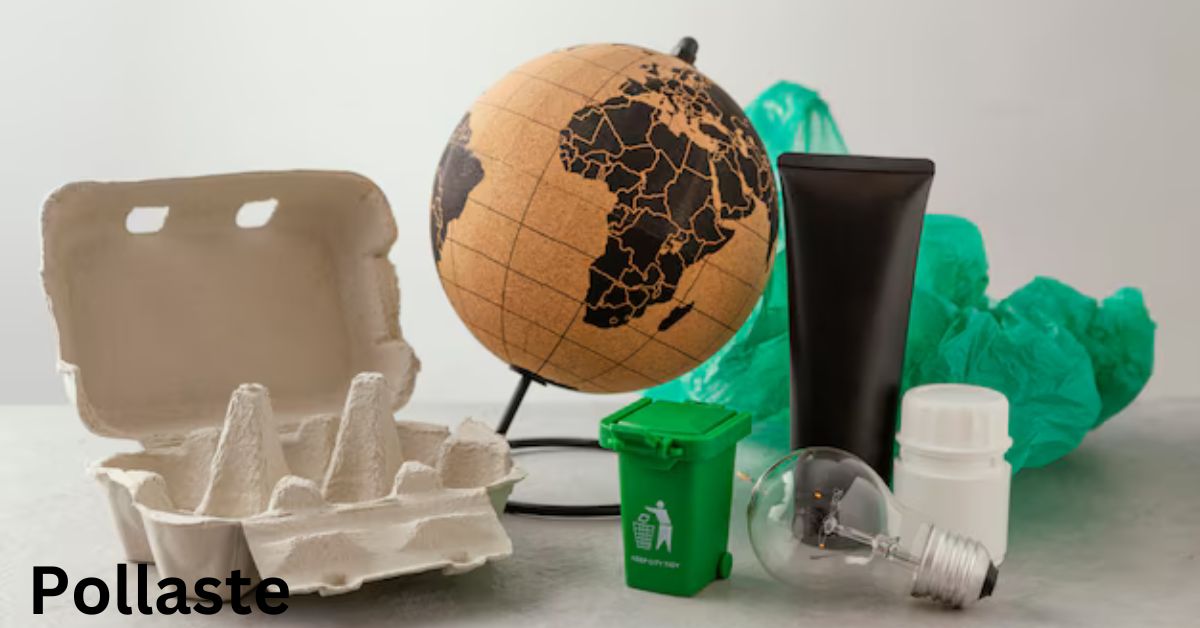Maintaining the correct chemical balance in your pool is crucial for its longevity and the comfort of its swimmers. One key aspect of pool chemistry is alkalinity, which plays a significant role in stabilizing pH levels. High alkalinity can lead to problems like cloudy water, scaling, and poor sanitizer effectiveness. This guide will explore how to effectively lower alkalinity in your pool, including understanding alkalinity, the reasons for high levels, and step-by-step methods to address the issue.
Understanding Pool Alkalinity
Total alkalinity measures the amount of alkaline substances, primarily bicarbonates, carbonates, and hydroxides, in your pool water. It acts as a buffer for pH levels, preventing rapid changes and ensuring the water remains balanced.
1. Importance of Balanced Alkalinity
Proper alkalinity levels are crucial for maintaining stable pH, which in turn affects water clarity, comfort, and the effectiveness of sanitizers. Ideally, pool alkalinity should be between 80 and 120 parts per million (ppm).
- pH Stability: Adequate alkalinity prevents large swings in pH levels, reducing the need for frequent adjustments.
- Water Quality: Balanced alkalinity helps maintain clear, clean water and prevents issues like scaling and corrosion.
2. High Alkalinity Symptoms
Excessively high alkalinity can cause several problems, such as cloudiness, scale buildup on pool surfaces, and difficulty in maintaining the correct pH balance.
- Cloudy Water: High alkalinity can lead to cloudiness, making the water appear murky.
- Scaling: Elevated levels can cause calcium to precipitate out of the water, forming unsightly scale deposits.
- pH Management Issues: High alkalinity makes it harder to adjust pH levels, leading to erratic water chemistry.
Causes of High Alkalinity
Understanding the causes of high alkalinity can help you prevent it from recurring. Several factors can contribute to elevated alkalinity levels in pool water.
1. Source Water
High alkalinity can be introduced from the source water used to fill or top off the pool. Water with high levels of bicarbonates or carbonates will increase the overall alkalinity.
- Well Water: Often contains high levels of minerals, including alkalinity-increasing compounds.
- Municipal Water: Sometimes treated with chemicals that can affect alkalinity levels.
2. Pool Chemicals
Certain pool chemicals can impact alkalinity. For instance, the use of certain pH balancers and chlorine tablets can affect the overall alkalinity.
- Chlorine Tablets: Some tablets can increase alkalinity, particularly those with high calcium content.
- pH Increasers: Adding products designed to raise pH can also elevate alkalinity.
3. Environmental Factors
Environmental factors such as rain and debris can also influence pool chemistry, potentially leading to high alkalinity levels.
- Rainwater: Rain can bring in additional alkalinity or affect the balance of existing chemicals.
- Debris: Organic matter and leaves can alter pool chemistry and contribute to changes in alkalinity.
Steps to Lower Alkalinity
When faced with high alkalinity, there are several methods you can use to lower it effectively. Follow these steps to achieve the correct balance.
1. Use Acid to Lower Alkalinity
One of the most common methods to reduce alkalinity is by adding an acid to the pool. Both muriatic acid and dry acid (sodium bisulfate) are effective in lowering alkalinity.
- Muriatic Acid: This is a strong acid commonly used in pool maintenance. It should be added carefully to avoid rapid pH changes.
- Dry Acid: Also known as sodium bisulfate, this is a safer alternative to muriatic acid and can be easier to handle.
2. Testing and Adjustment
Before adding any chemicals, it’s essential to test your pool water to determine the current alkalinity level. Regular testing helps ensure accurate adjustments.
- Test Kits: Use a reliable test kit or strips to measure alkalinity and pH levels.
- Gradual Addition: Add acid gradually and in small amounts, retesting between additions to avoid overcorrection.
3. Circulate and Retest
After adding acid, allow the pool’s circulation system to run for several hours to evenly distribute the chemical. This ensures accurate readings and effective adjustment.
- Circulation: Run the pool pump and filter to help mix the acid thoroughly.
- Retesting: Check the alkalinity and pH levels after circulation to confirm that adjustments are within the desired range.
4. Repeat if Necessary
In some cases, you may need to repeat the process to achieve the ideal alkalinity level. Avoid making large adjustments all at once to prevent overcorrection.
- Monitor: Keep an eye on the alkalinity levels and make incremental adjustments as needed.
- Consistency: Consistent monitoring and gradual changes help maintain balance without causing additional issues.
Additional Tips for Managing Alkalinity
Maintaining proper alkalinity is an ongoing process. Implement these additional tips to help manage and stabilize your pool’s alkalinity levels.
1. Regular Maintenance
Routine pool maintenance helps prevent drastic fluctuations in alkalinity and other water chemistry issues.
- Routine Testing: Test the water regularly to monitor alkalinity, pH, and other chemical levels.
- Cleaning: Keep the pool clean from debris and organic matter to prevent chemistry imbalances.
2. Proper Chemical Handling
Handle and store pool chemicals according to manufacturer instructions to prevent unwanted chemical reactions that could affect alkalinity.
- Storage: Store chemicals in a cool, dry place and keep them away from moisture.
- Handling: Use proper safety equipment and follow guidelines for adding chemicals to avoid accidents.
3. Professional Assistance
If you’re unsure about adjusting alkalinity or if problems persist despite your efforts, consider seeking professional help. Pool service technicians can offer expert advice and solutions.
- Pool Services: Contact a professional pool service for complex issues or persistent problems.
- Expert Advice: Professionals can provide tailored recommendations based on your pool’s specific needs.
Conclusion
Lowering alkalinity in your pool is crucial for maintaining balanced water chemistry and ensuring a clean, enjoyable swimming environment. By understanding the causes of high alkalinity, using appropriate methods to adjust it, and following best practices for pool maintenance, you can achieve and maintain optimal water quality. Whether using acids to adjust alkalinity or seeking professional assistance, taking a systematic approach will help you keep your pool in top condition. Regular testing and careful management are key to preventing future alkalinity issues and enjoying a well-maintained pool.









